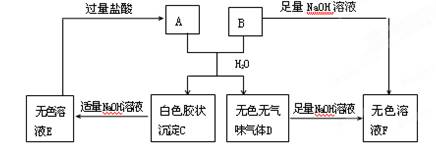Passage Three
From the beginning, migration has been 6ne of the most conspicuous features of human history. Humanity did not appear simultaneously all over the earth but, according to the current scientific consensus, first evolved in Africa, and from there spread far and wide. Even after mankind had populated most of the planet, migration continued to play a decisive role in history down the centuries, as people contended for territory and the resources that go with it. In many of history’s biggest movements of people, the migrants were not volunteers. In the 17th and 18th centuries, 15 million people were taken as slaves from Africa and shipped to Brazil, the Caribbean and North America. In the 19th century, between 10 and 40 million indentured workers (契约工人,苦力) were sent in vast numbers around the world, mainly from China and India.
The 20th century’s wars in Europe and Asia displaced millions more. But perhaps the most intense episode of migration-under-duress (强迫) in modern times occurred after the partition of India in 1947, when 7 million Muslims fled India for the new state of Pakistan and 7 million Hindus fled in the opposite direction.
As individuals, not merely as members of races or religions in flight, people have always traveled in search of a better life. Between the middle of the 19th century and the start of the second world war, 60 million people left Europe and move overseas to the United States, Canada, Latin America, Australia, New Zealand and South Africa. Much of this movement was guided by economic calculation. Most modern migration is of this kind, though nowadays the pull is high wages rather than cheap land.
For the 19th century or so, the pattern of migration has shifted a good deal, with changes in government policy playing a key role. Until t914 governments imposed almost no controls. This allowed the enormous 19th-century movement of migrants from Europe to North America.
Between 1914 and 1945; partly reflecting security concerns, migration was curtailed. Many countries excluded immigrants. America’s Congress passed laws aiming to preserve the country’s racial and religious makeup.
After 1945 came another great change. Many European countries faced labor shortages. Governments actively recruited immigrants for jobs in their expanding industries. Migration surged again, now not mainly from Europe to North America but from the developing countries to the rich ones.
The next big change came in the 1970s. The rich countries were no longer growing quickly and struggling with labor shortages. Recession came to Europe and America, and immigration rules were tightened again. This more restrictive regime continues to apply. |
It was not until 1914 that ______ .
A.governments began to impose controls on migration
B.governments began to remove controls on migration
C.governments began to concern about national security
D.governments began to preserve racial and religious make-up


 离子方程式_________________________________________________________。
离子方程式_________________________________________________________。